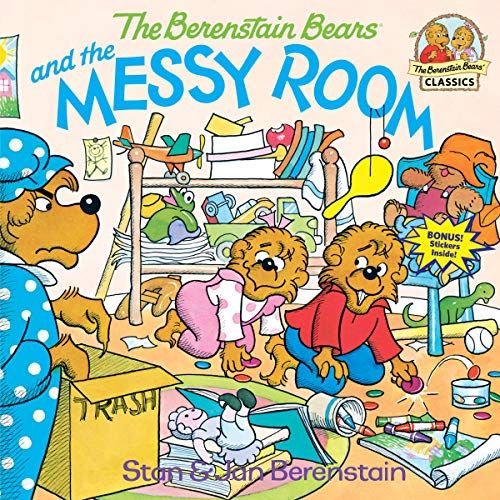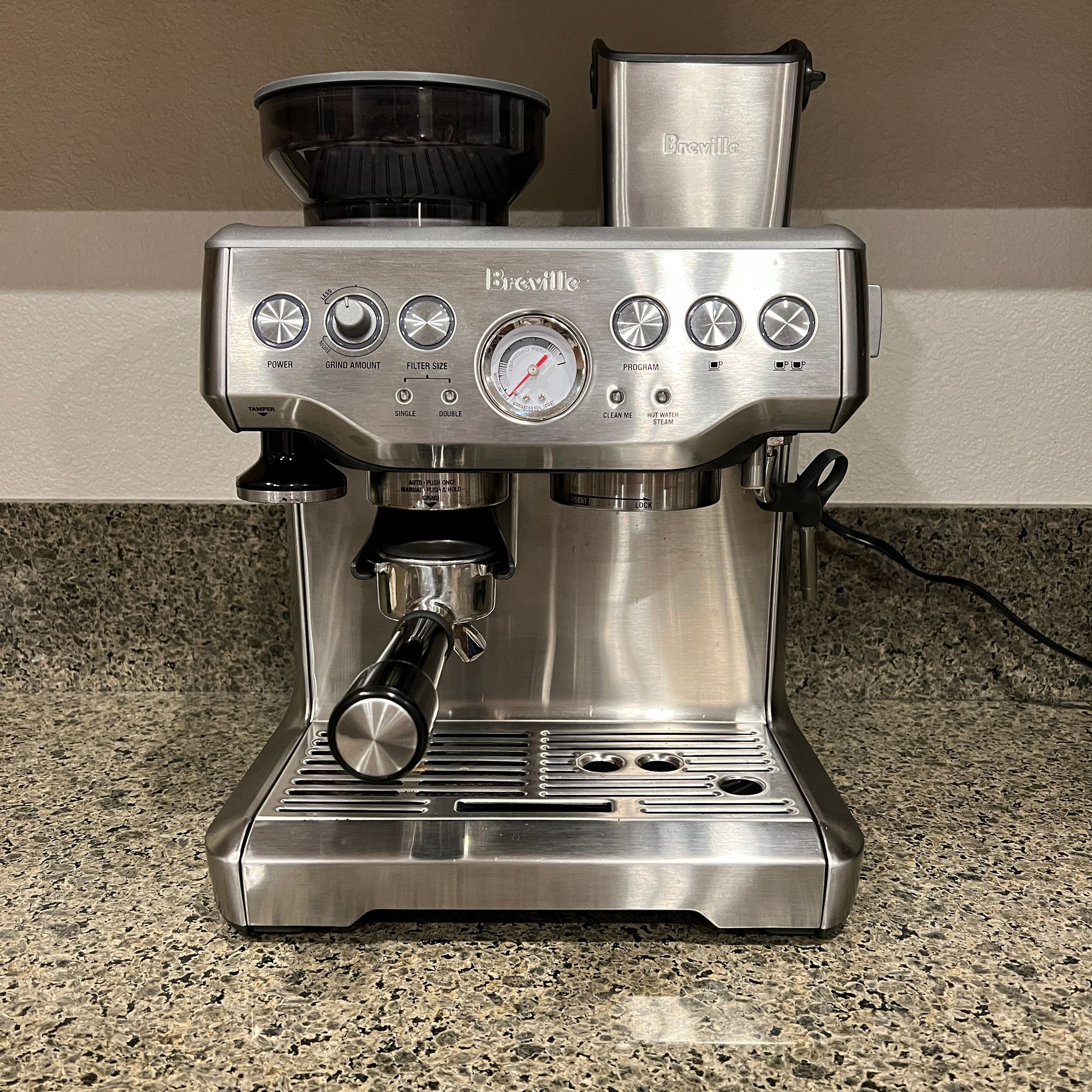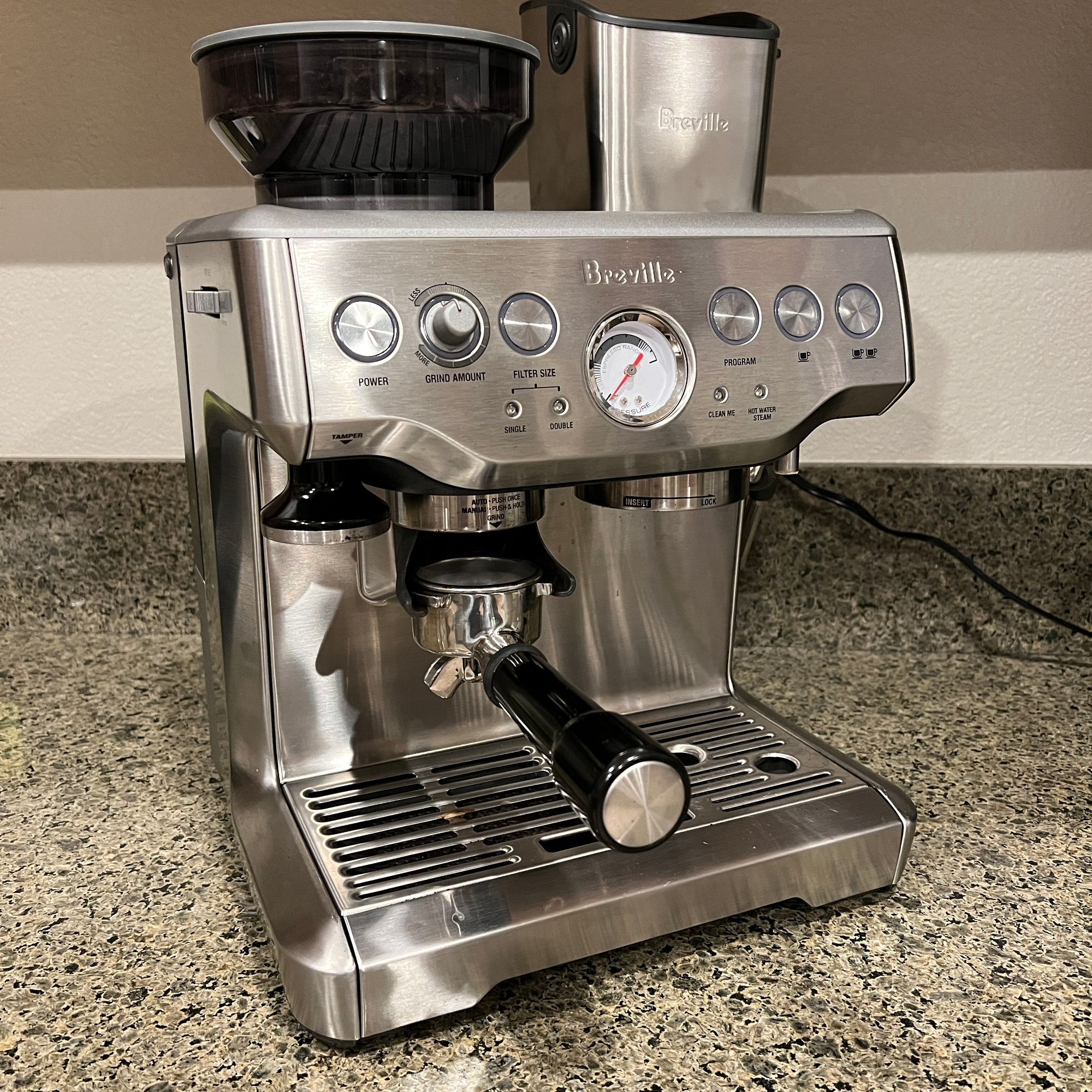One simple habit for staying organized
My most powerful habit for staying organized and productive is easier than you might think.

My favorite productivity hack isn’t a trendy new gimmick and won’t cost you more than an upfront investment of a little time. It’s a habit I developed in early childhood thanks to a Berenstain Bears book of all things, and it’s helped me maintain an ultra-tidy home (and productivity workflows) throughout my life.
🥁 Drumroll, please...I reset the room.
When I was four, my bedroom was a disaster. I had no concept of what organization was (I imagine most kids that age don’t) and hadn’t given much thought to my belongings having any sense of “place” other than “place” being the bedroom floor. Luckily, one of those belongings on my messy bedroom floor was the book, “The Berenstain Bears and the Messy Room”, which set the stage for a lifetime of tidiness.

What it means to reset the room.
Resetting the room or space (I’ll refer to both “room” and “space” interchangeably) means to return a room back to its clean, orderly state at the end of each session.
For example, if you’re baking cookies, resetting the room means you pick up, clean up, and put away all the ingredients, bakeware, and items used before moving on to the next task, returning the kitchen to its clean state.
If instead you leave the kitchen in a messy state, you not only compound the severity of the mess you’ll need to clean in the future, but you also inconvenience your future self (and/or housemates) by having to navigate the cookie mess still occupying the kitchen.
Resetting the room ensures each space is clean and ready to go for the next activity. This habit also carries with it a productivity bonus, which I refer to as, “flagging”.
How I use “flagging” for productivity.
Before you can reset a room to its clean state, you must first establish what its clean state is by intentionally organizing and cleaning your space. If you’re familiar with the adage, “There is a place for everything and everything in its place,” the best way to begin is to first identify where everything belongs and tidy up.
We humans tend to become “blind” to certain objects we see each day. When we become accustomed to seeing a certain item in a certain place day in and day out, these items begin to fade into the background. If you’ve ever added a new object to a room, you might have experienced a period when you noticed the new item a lot initially, then gradually stopped paying close attention to it.
Flagging takes advantage of this blindness by using an otherwise orderly space to alert us to something that needs our attention. This can be done by intentionally skewing the item to rest out of place.
For example, the normal, resting position of my espresso machine is aligned straight against the back of the kitchen counter. When, however, I need to remind myself to refill the machine with water, I intentionally set it askew. Because the machine has been moved from its intentional place, it now stands out as a visual cue (flag), reminding me it requires attention.


1. Breville in its intentional state. 2. Breville flagged for water tank refill.
Resetting a room is just the philosophy, “a place for everything”, but with a time-sensitivity requirement attached.
What I love about the “reset the room” mindset is that it enforces a timely approach to tidying up which prevents messes from snowballing. Having a place for everything is an important component to organization, but without rules governing when items should be tidied, keeping a space organized can fall to the wayside. Having a daily deadline helps prevent a build-up of messes and ensures a space is kept consistently clean and efficient day after day.
Key takeaways
- Combining the “reset the room” approach with a deadline makes this a powerhouse of an organizational habit.
- Having an intentional place for every single item you own makes it easy to reset the room after each session.
- Keeping your space consistently tidy allows you to easily scan for “out of place” items you’ve flagged for follow up.
- Marie Kondo has nothing on the Berenstain Bears.




